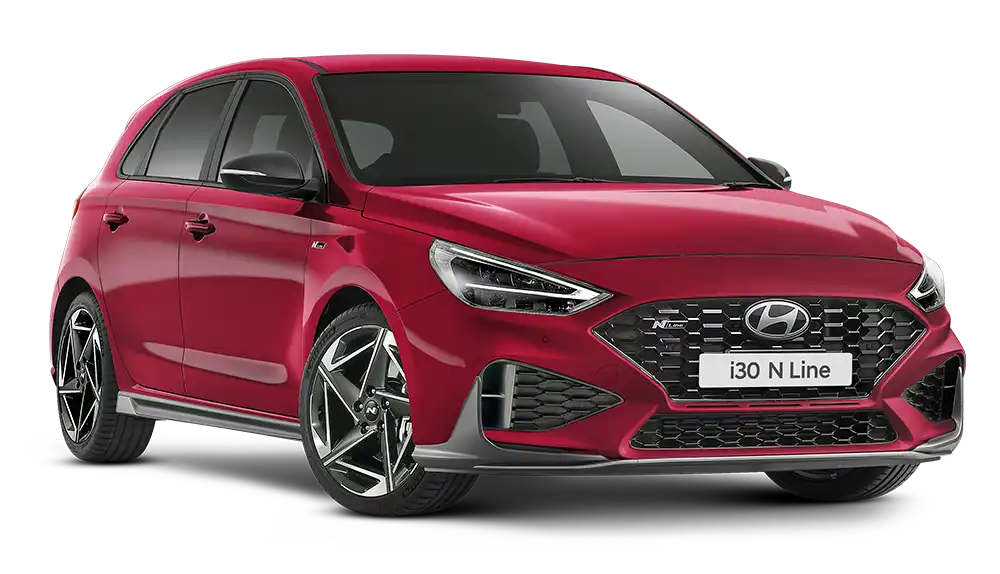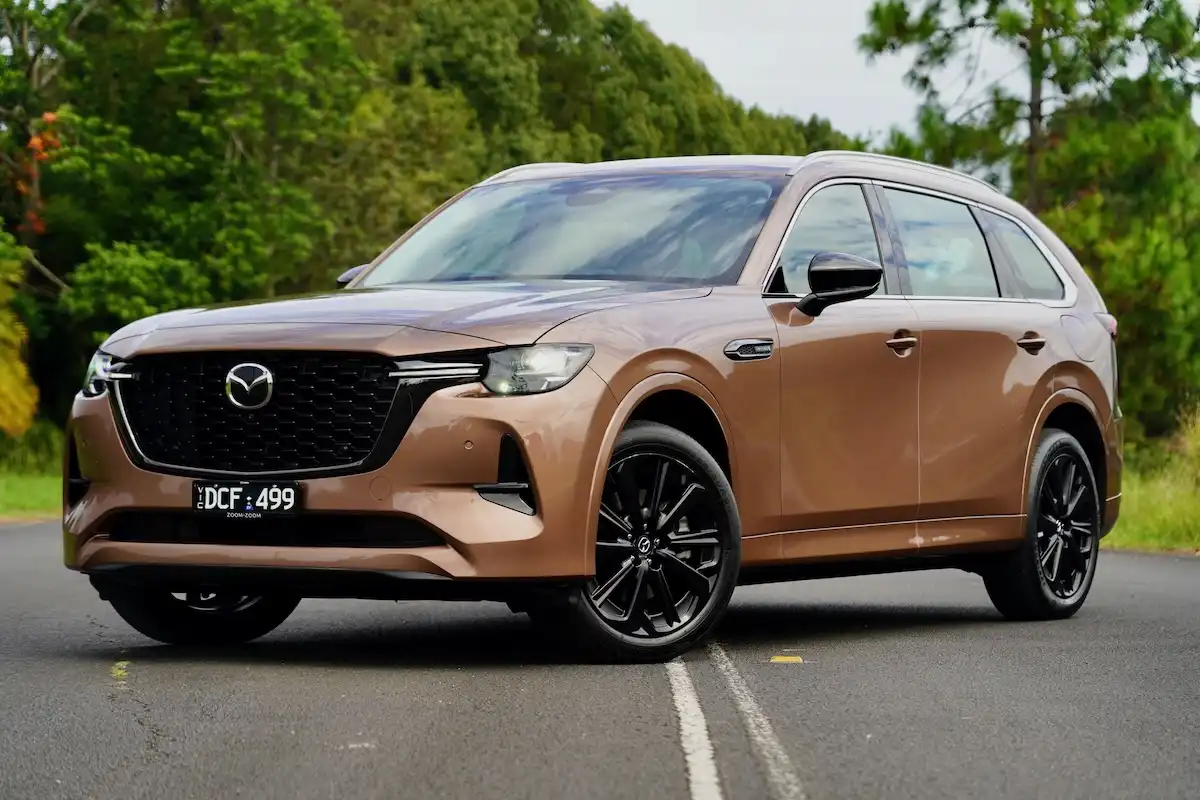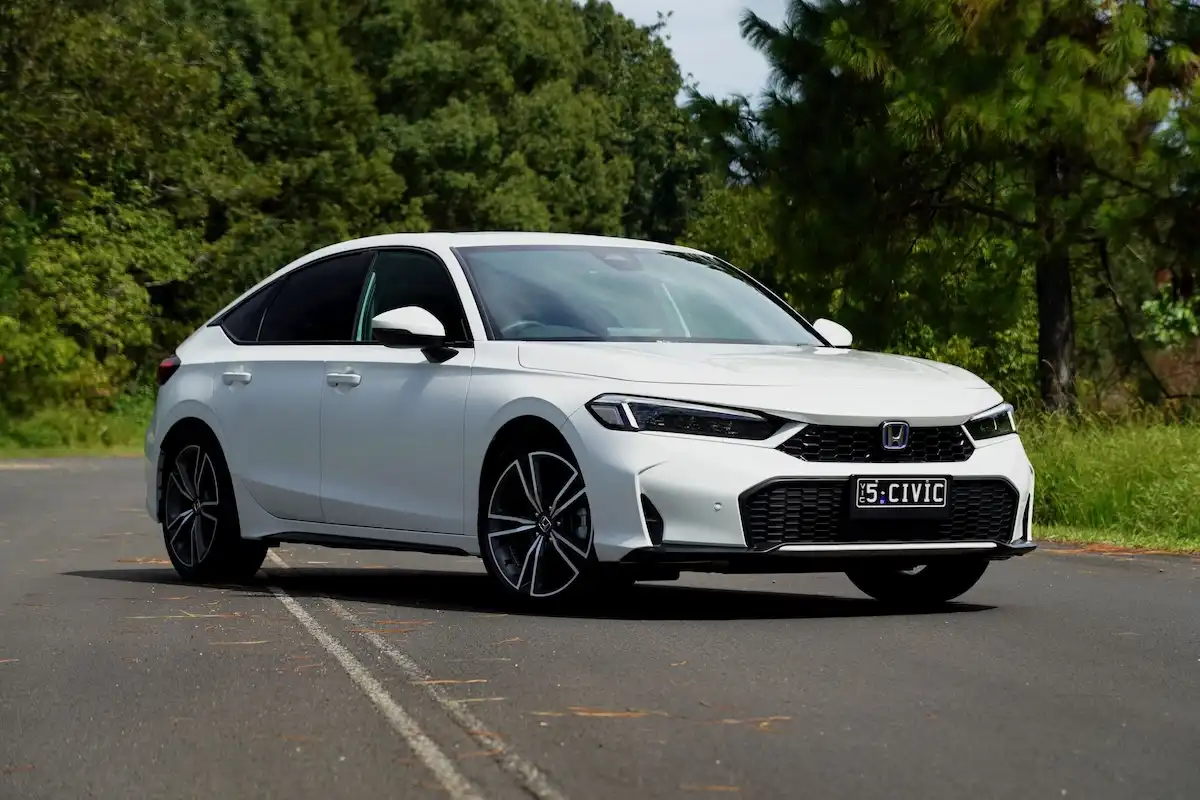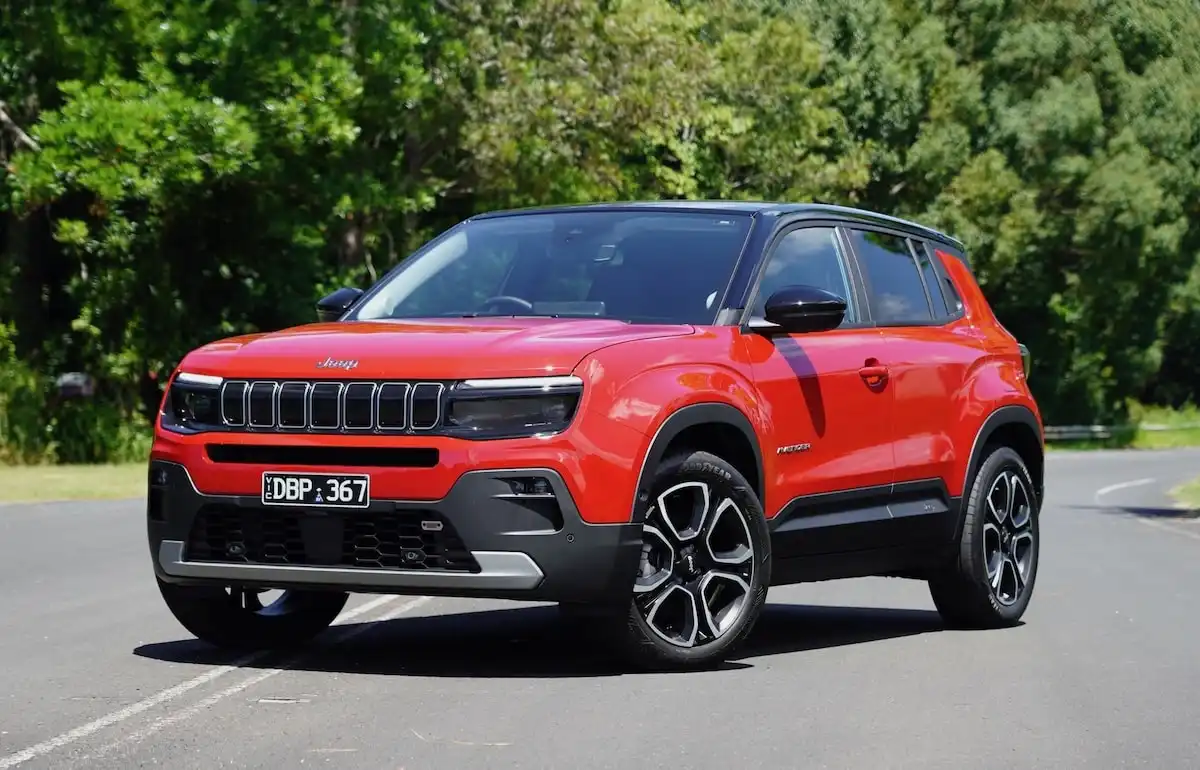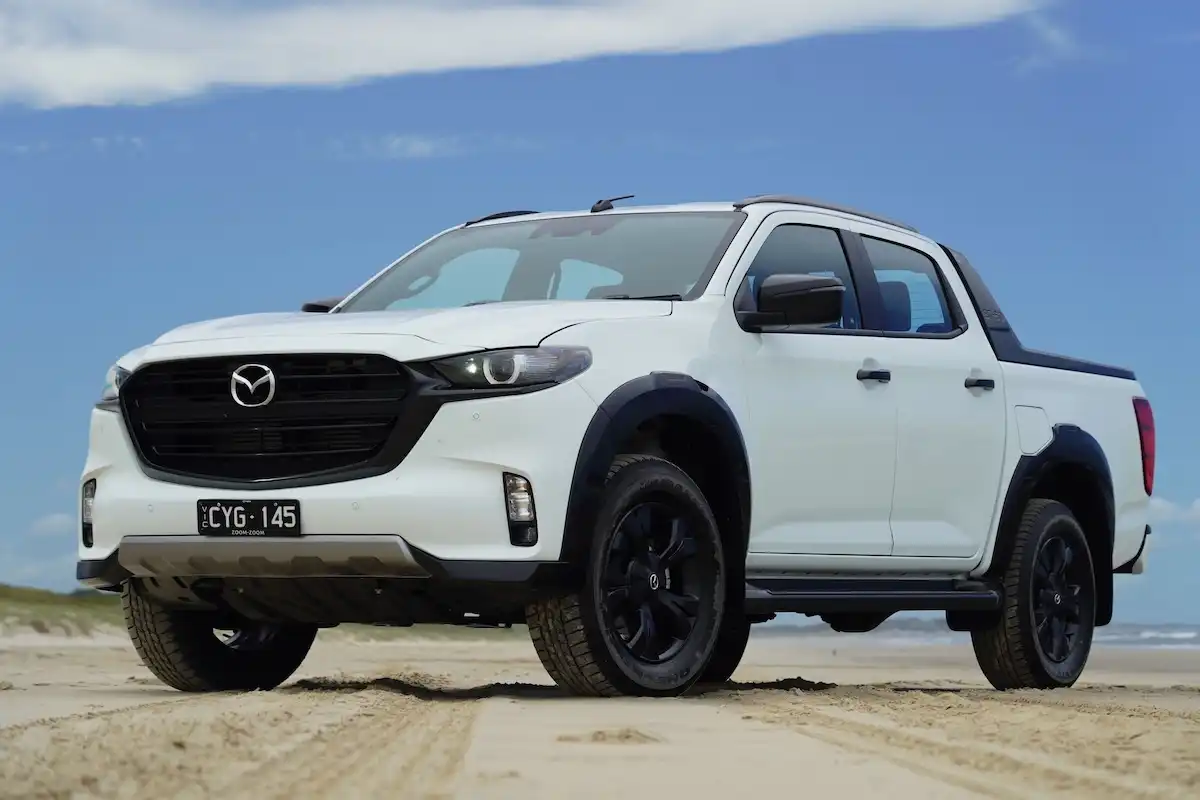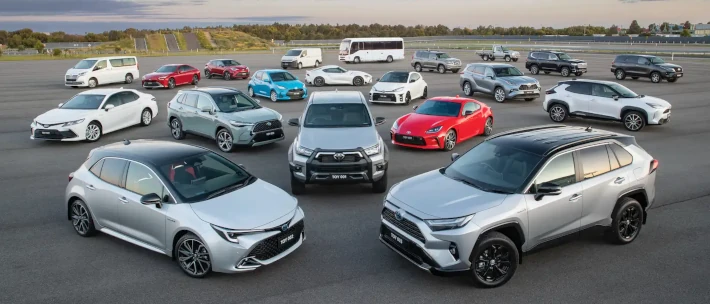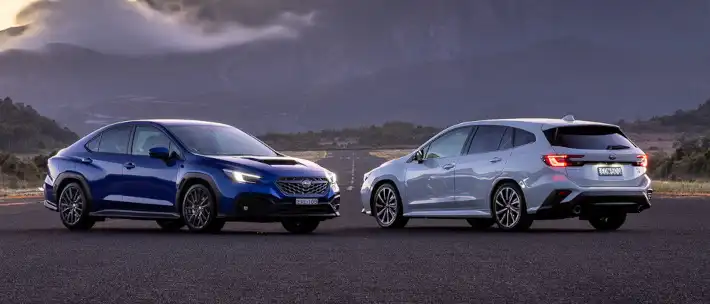The launch of the updated i30 hatch is headlined by the introduction of a new mild-hybrid engine, a sportier styling package and more equipment than its predecessor.
The changes look to make an already impressive range even better, though these upgrades have come at the expense of a cut-price entry point to the range and the removal of the 1.6-litre turbocharged engine.
How does the 2025 Hyundai i30 Hatchback range stack up on paper and as a practical, increasingly premium small car? Let’s take a closer look at the specs to find out.
Hyundai i30 Hatch Competition
Hyundai i30 Hatch |
VS |
Toyota Corolla |
| Mazda 3 | ||
| Subaru Impreza | ||
| Kia Cerato | ||
| MG 5 | ||
| Volkswagen Golf | ||
| Skoda Fabia |
How Much Does the 2025 Hyundai i30 Hatch Cost?
Prices for the Hyundai i30 Hatch range are set to climb when the updated models arrive later in the year.
The entry-level i30 Hatch N Line will receive a price tag of $36,000, while stepping up to the range-topping i30 Hatch N Line Premium brings the price to $41,000.
This means that there is no longer a cut-price entry point into the i30 Hatchback range, with Hyundai opting for a more premium lineup instead.
For reference, prices have climbed $3,500 for the i30 Hatch N Line, with the flagship N Line Premium priced at $3,700 more than the previous model.
How Much Can OnlineAuto Save You?
You could save money by using one of OnlineAuto’s car agents to assist you in finding the best car for you. As one of the leading car buying services in Australia, our team have access to a range of dealerships across the country to help find you the best deal.
Get in touch with one of our Car Buying Specialists today.
Request a quoteWhat Features & Specs Does the Hyundai i30 Hatch Have?
While prices have risen, so too has the amount of standard features you’ll find in the i30 Hatch range.
As standard, the new entry-level i30 Hatch N Line comes riding on 18-inch alloys and receives automatic LED headlights, keyless entry and start, a mix of leather and suede upholstery, adaptive cruise control and a 10.25-inch digital instrument cluster.
The i30 Hatch N Line also picks up a leather-wrapped steering wheel, dual-zone climate control, a rear-view camera with rear parking sensors, a four-way power-adjustable driver’s seat, wireless smartphone charging and a tonne of safety equipment.
Stepping up to the i30 Hatch N Line Premium adds heated and ventilated front seats with a heated steering wheel, 12-way power-adjustable driver’s seat, a panoramic sunroof and Hyundai’s Bluelink connected vehicle suite.
Hyundai i30 Hatch Connectivity & Infotainment Features
Both members of the i30 Hatchback range come fitted with the company’s 10.25-inch touchscreen infotainment system sitting atop the dashboard.
Lifted from its most recent vehicles, the 10.25-inch display looks great with high-definition graphics and is easy to use and quick on its feet thanks to some decent processing power.
It also serves as a major upgrade over the previous 8.0-inch infotainment display fitted to the previous model lineup, while the 7.0-inch instrument cluster has also expanded significantly to 10.25 inches.
Buyers stretching out to the i30 Hatch N-Line Premium also receive a subscription to Hyundai’s Bluelink connected services suite, which offers remote vehicle tracking, trip planning, diagnostics, vehicle status updates, remote control of the windows, engine start and climate settings and connected routing.
Does the Hyundai i30 Hatch Have Wireless Apple CarPlay & Android Auto?
While Hyundai has applied some significant upgrades to the latest i30 Hatch range, those looking for wireless smartphone mirroring may be disappointed to hear that it misses out.
Instead, Hyundai’s infotainment suite requires you to connect your Android or iPhone via one of the USB-C ports in the absence of wireless Apple CarPlay and Android Auto support.
What Engine Does the Hyundai i30 Hatch Receive?
Hyundai’s updated i30 Hatchback lineup now comes powered by a mild-hybrid powertrain that aims to improve upon power figures from the previous base model.
The new engine is a 1.5-litre turbocharged four-cylinder petrol with a 48V mild-hybrid system that produces 117kW of power and 250Nm of torque.
While power figures are 3kW less than the previous 2.0-litre unit, torque has increased to the tune of 47Nm which gives you some added push off the line.
Unfortunately for buyers looking for outputs similar to that of the previous 1.6-litre turbocharged petrol, Hyundai has scrapped that engine in the i30 Hatch, opting for economy rather than power figures.
We can see why Hyundai has transformed the i30 Hatch engine lineup in the name of efficiency, though it’s likely that some enthusiasts looking for a sporty i30 Hatch may be a little disappointed by the update.
The i30 Hatch throws power to the front wheels via a seven-speed dual-clutch transmission, with a multi-link suspension package fitted as standard that offers more dynamic handling and accommodation over bumps.
Is the Hyundai i30 Hatch Fuel Efficient?
The move to a mild-hybrid engine means that the updated i30 Hatch range is far more fuel-efficient than the previous non-hybrid lineup.
Officially, Hyundai says the i30 Hatch with its 1.5-litre mild-hybrid engine consumes 5.6L per 100km on a combined test cycle.
That’s a significant drop from the 7.4L per 100km the previous entry-level i30 Hatchback consumed, while the sporty 1.6-litre turbocharged unit was rated at 7.1L per 100km.
Is the Hyundai i30 Hatch Practical and Spacious?
While there have been some major changes to the i30 Hatch range, the interior looks to be the same practical package buyers have come to love for years now.
Inside, the familiar cabin is sharper and more modern than previous models thanks to a larger display being fitted as standard, while the fundamentals look to be much the same.
On the visual front, the air vents and climate control dials have been given a more angular treatment, while contrast stitching across the seats, gear lever and steering wheel gives it a sportier nature.
There’s decent headroom for taller drivers and ample storage options in the centre console, which features a tray behind the gear lever with added storage inside the retractable tray with cupholders and inside the folding armrest.
Move to the rear and there’s decent legroom for adults to get comfortable in the rear, meaning you won’t hear any complaints from kids sitting in the second row.
The i30 Hatch also picks up two pairs of ISOFIX anchors with three top tether anchors for a wide range of forward and rear-facing child seats.
In terms of boot space, Hyundai is yet to finalise dimensions for the i30 Hatch range but we’d expect it to offer the same cargo capacities, totalling 381L with the rear seats standing, expanding to a maximum of 1,281L with the seats folded.
Is the Hyundai i30 Hatch Safe?
Now sitting as a premium-only lineup, the i30 Hatch range comes jam-packed with safety equipment.
As standard, you’ll find an autonomous emergency braking system with vehicle, pedestrian and cyclist detection, as well as a clever junction assist system.
You’ll also pick up blind-spot monitoring, rear cross-traffic alerts, lane-keep assist with lane catering, adaptive cruise control, speed limit assist, rear occupant alerts and a rear-view camera with parking sensors.
Does the Hyundai i30 Hatch Have an ANCAP Safety Rating?
Hyundai’s updated i30 Hatch range arrives in Australia with a five-star ANCAP safety rating that is set to expire in December, 2024.
It’s more than likely that Hyundai will put the i30 Hatch range through its paces again with ANCAP in order to secure an updated safety rating.
For reference, the i30 Hatchback range scored its five-star ANCAP safety rating back in 2017 after scoring 35.01 out of a potential 37.
What Warranty Does the Hyundai i30 Hatch Come With?
Hyundai offers the latest i30 Hatch range with its five-year/unlimited-kilometre factory warranty, as well as capped-price servicing.
Service intervals and capped-price servicing costs are yet to be finalised.
Our Verdict: Is the Hyundai i30 Hatch Worth it?
While it’s a little disappointing that Hyundai’s update has removed a number of more affordable entry points into the i30 Hatch range, the move does speak to its more premium nature overall.
All up, the i30 Hatch looks like a great option for buyers in the market for a slick, well-equipped and far more fuel-efficient hatchback with great on-road manners.
If you’re looking to upgrade to a new car, be sure to reach out to one of our car-buying experts who can help find you the best possible price on your next car.
Five Hyundai i30 Hatch Specs You Need to Know
-
Five-year/unlimited-kilometre warranty
-
Single engine lineup, now with mild-hybrid tech
-
5.6L per 100km fuel economy figures
-
Front-wheel drive system with seven-speed dual-clutch transmission
-
Five-star ANCAP safety rating expires December, 2024
Get in touch with one of our Car Buying Specialists today.
Request a quote